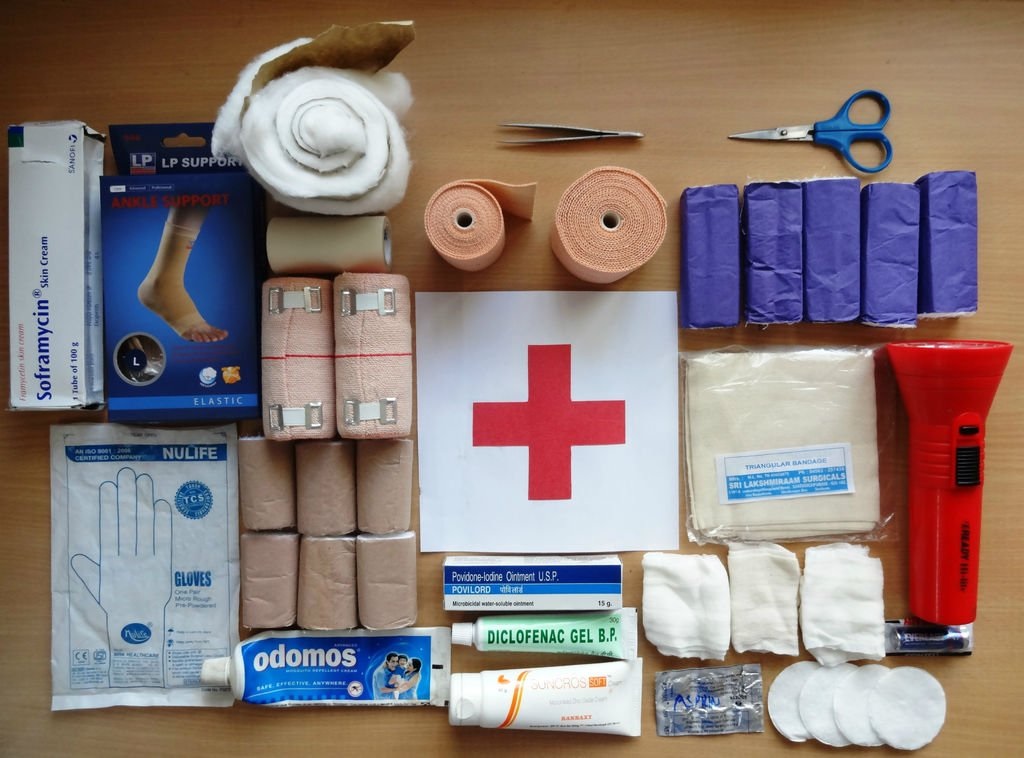Essentials of Baby First Aid Kit That Every Parent Should Know
At the time of emergency, having all the things on hand is always a blessing. When there are small kids around, emergencies are more likely to occur. When a small kid gets hurt, the parents or caretaker gets panicked at once and it is quite natural. So in this situation, if the caretaker has a proper knowledge about how to give first aid to the kid, worst situations could be avoided. Having a baby first aid kit at home is a must-have for all the parents. The person taking care of the baby should know where the kit is placed and should know how to use every material in the kit when the child meets any accident.

Necessary Material in the Kit
If your kid is an infant, use a rectal thermometer to record his temperature because small kids usually show non compliance to oral thermometer and they may also chew the Mercury.
A digital ear model can also be used especially in toddlers because it is safe to use.
A pair of tweezers comes handy especially to remove splinters and ticks. They can be used to remove small fibers from the wound.
The kit should contain a Pair of scissors for cutting gauze and bandages.
A measuring cup or spoon with calibration or an oral syringe for measuring medicines and administrating them. Oral syringe prevents spilling of medicine and makes it easier to administer it to the young fellow.
Set of hot and cold pack should be present in the kit to soothe sprains and bruises.
A small, easy to carry torch light for observing sore throats and checking eyes, ears, nose or any splintered area. It can also be helpful if the child puts a small object in these areas.
Rubbing alcohol to clean and sterlise the thermometer and other tools of the kit.
Petroleum jelly or any other lubricant to apply on rectal thermometer.
Gloves for safe handling of blood samples.
Medication for First Aid Kit
The baby first aid kit should also contain medications to be used in emergency such as;
A non aspirin pain reliever of infants or child’s therapeutic strength such as acetaminophen or ibuprofen. Seek doctor’s advice while using any medicine because overdose can lead to severe complications.
Anti-inflammatory medication such as Benadryl to be used in case of bee or wasp sting.
Rehydration fluids such as pedialyte or Normal Saline to be used in case of dehydration and severe loss of water.
Bug sprays for babies to be used as bug repellent especially for the kid’s outdoor activities.
Ipecac syrup and activated charcoal to be used as antidote for accidental poisoning but before administering it, first consult the local poison control center about how to use it in the right way because it’s overdose may worsen the poisoning.
Hydrogen peroxide for cleansing cuts and bruises.
Antibiotic cream to be applied on cuts and scrapes after cleaning them.
Calamine lotion to be used on itchy rashes such as those caused by poisonous plants.
Sunblocks that are formulated especially for kids to protect their delicate skin from harmful radiations.
Bandages, gauzes and wipes to be used to cover wounds.
Things to Avoid While Using the Kit
Whilie using the first aid tools, be very careful and cautious because the metallic tools can hurt the kid if he moves slightly. Let the child calm down first before inserting anything into his mouth. Do not attempt to force anything on the already panicked baby. If you’re unable to provide first aid to the kid, prefer going to the hospital so the trained staff can check the baby themselves.